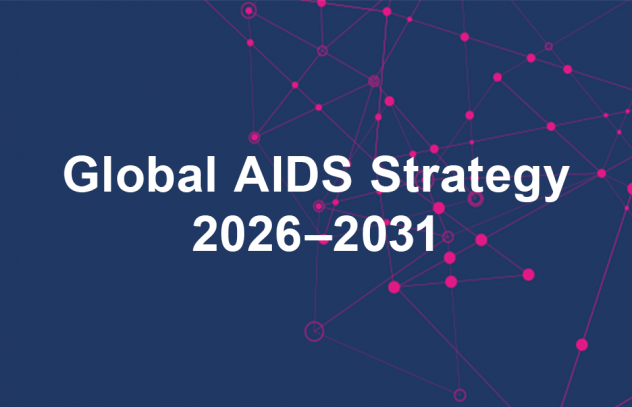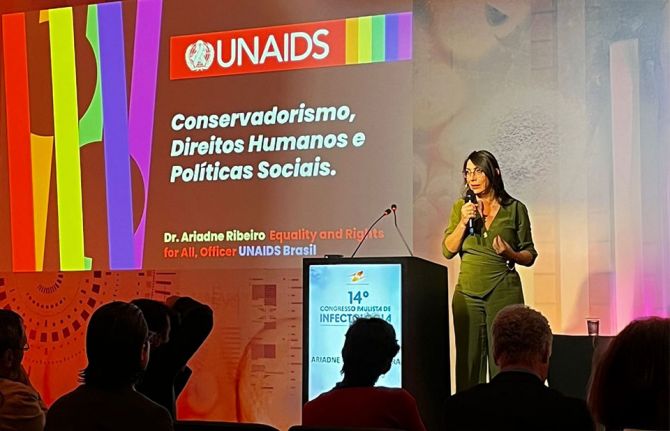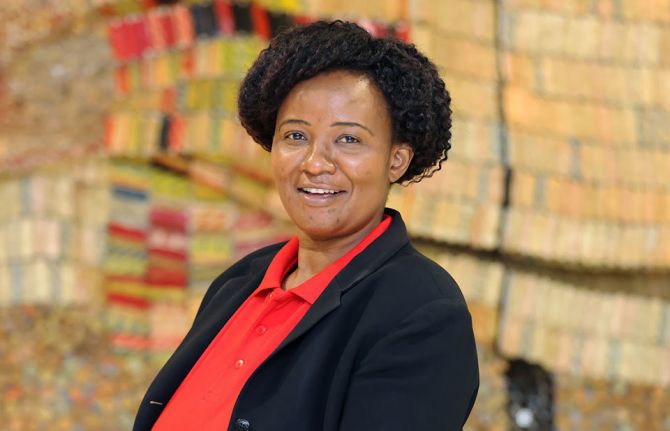

Feature Story
UNAIDS launches the development of the new Global AIDS Strategy 2026-2031
20 February 2025
20 February 2025 20 February 2025In the past two decades, HIV-related deaths have been reduced by more than half, and millions of people have gained access to life-saving treatment. Scientific breakthroughs, strong political commitment, and community leadership have transformed the HIV response. Yet, despite these remarkable achievements, the path to ending AIDS is still full of challenges.
Today, the HIV response is at a crossroads. Persistent inequalities, financial constraints, and emerging health threats risk derailing progress. The hard-won gains of recent decades must not only be safeguarded but accelerated. This is why UNAIDS is launching the development of the new Global AIDS Strategy 2026-2031, an ambitious, inclusive, and action-driven plan that will guide the global HIV response for the next five years and help end AIDS as a public health threat.
"To end AIDS as a public health threat by 2030, we must act with urgency, ambition, and innovation," said Winnie Byanyima, Executive Director of UNAIDS. "This strategy is an opportunity to rethink and strengthen the HIV response by listening to communities, addressing inequalities, applying the science, ensuring equal access to new innovations and leaving no one behind."
UNAIDS has dedicated 2024 to laying the foundation for this new strategy. A mid-term review of the current Global AIDS Strategy has highlighted the urgent need to accelerate HIV prevention, address societal barriers, and sustain progress in treatment. UNAIDS convened a Global Task Team, composed of experts from governments, civil society, multilateral organizations, and public health, to recommend bold, measurable, and evidence-informed targets for 2030.
The new strategy will be developed through an open and participatory process that brings together all HIV actors, including governments, civil society, people living with and affected by HIV, donors, UNAIDS co-sponsors, and the private sector. It will build on past successes while tackling the biggest challenges ahead.
UNAIDS estimates that by 2050, between 29 and 46 million people will still be living with HIV, all of whom will need access to treatment and support to live healthy lives and prevent onward transmission. Closing gaps in treatment, overcoming complacency, and removing structural and societal barriers that prevent people from accessing services will be essential. Countries must have strong and sustainable systems in place to provide adequate care.
This effort requires a truly multisectoral response bringing together health, finance, justice, education, and social welfare sectors to create a comprehensive approach. Integrating HIV services within broader healthcare systems must be done carefully to ensure high-quality, stigma-free services for everyone who needs them.
"The challenges are big, but so is our determination," said Ms Byanyima. "We have the knowledge, the tools, and the experience. Now, we must come together with political will, adequate resources, and collective action to end AIDS once and for all."
The development of the Global AIDS Strategy 2026-2031 is a crucial moment for the HIV response. UNAIDS invites all stakeholders to take part in this journey, share their ideas, and help shape this new strategy, and ensure it reflects diverse voices and experiences.
Ending AIDS is not just a possibility, it is a choice. The next five years will determine whether we seize this moment or allow progress to stall. The time to act is now."
Learn more
Related
 Upholding dignity for everyone: Ariadne Ribeiro Ferreira
Upholding dignity for everyone: Ariadne Ribeiro Ferreira

21 November 2024
 Evelyn Siula: A journey of strength and solidarity
Evelyn Siula: A journey of strength and solidarity
18 November 2024
